This presentation is part of a four-part series on the basics on Synthetic Aperture Radar.
By the end of this presentation, you will be able to:
- Understand the physics of SAR image formation
- Describe the interaction of SAR with the land surface
- Describe the necessary data preprocessing
- Explain what information is available from SAR

By loading the video, you agree to YouTube’s privacy policy.
Learn more

Dr. Erika Podest is a scientist with the Carbon Cycle and Ecosystems Group at NASA’s Jet Propulsion Laboratory. Her research focuses on using Earth observing satellites, particularly microwave sensors, for characterizing and monitoring wetland ecosystems and seasonal freeze/thaw dynamics in the northern high latitudes as related to the global carbon and water cycles and climate change. She is working on the Soil Moisture Active Passive (SMAP) mission, a NASA Earth observing satellite that launched on Jan. 31 2015, which is improving our understanding of Earth’s water and carbon cycles and our ability to manage water resources. (Source: NASA ARSET)


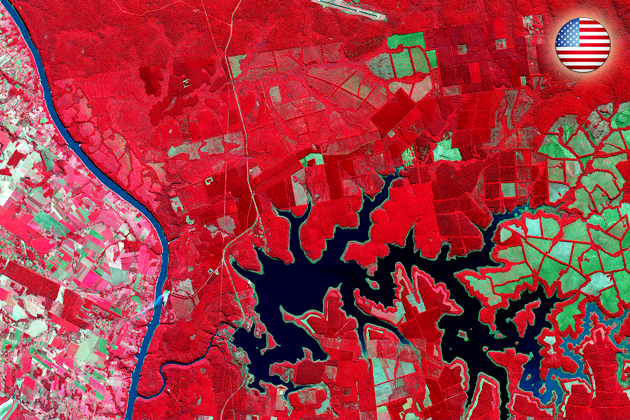
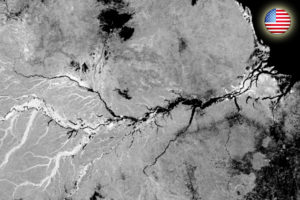


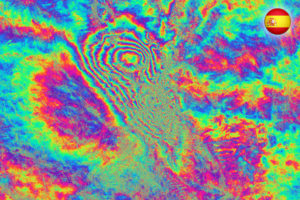
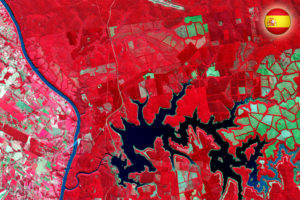
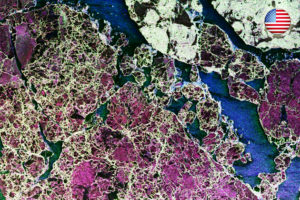
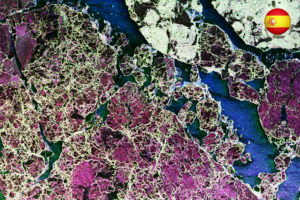
Responses
Download button does not work
Dear Ghasem,
we have just tested it and it seems to work fine. If you agree to the download agreement after pressing the button, it will automatically download.
Hope this help,
best,
the EO College Team